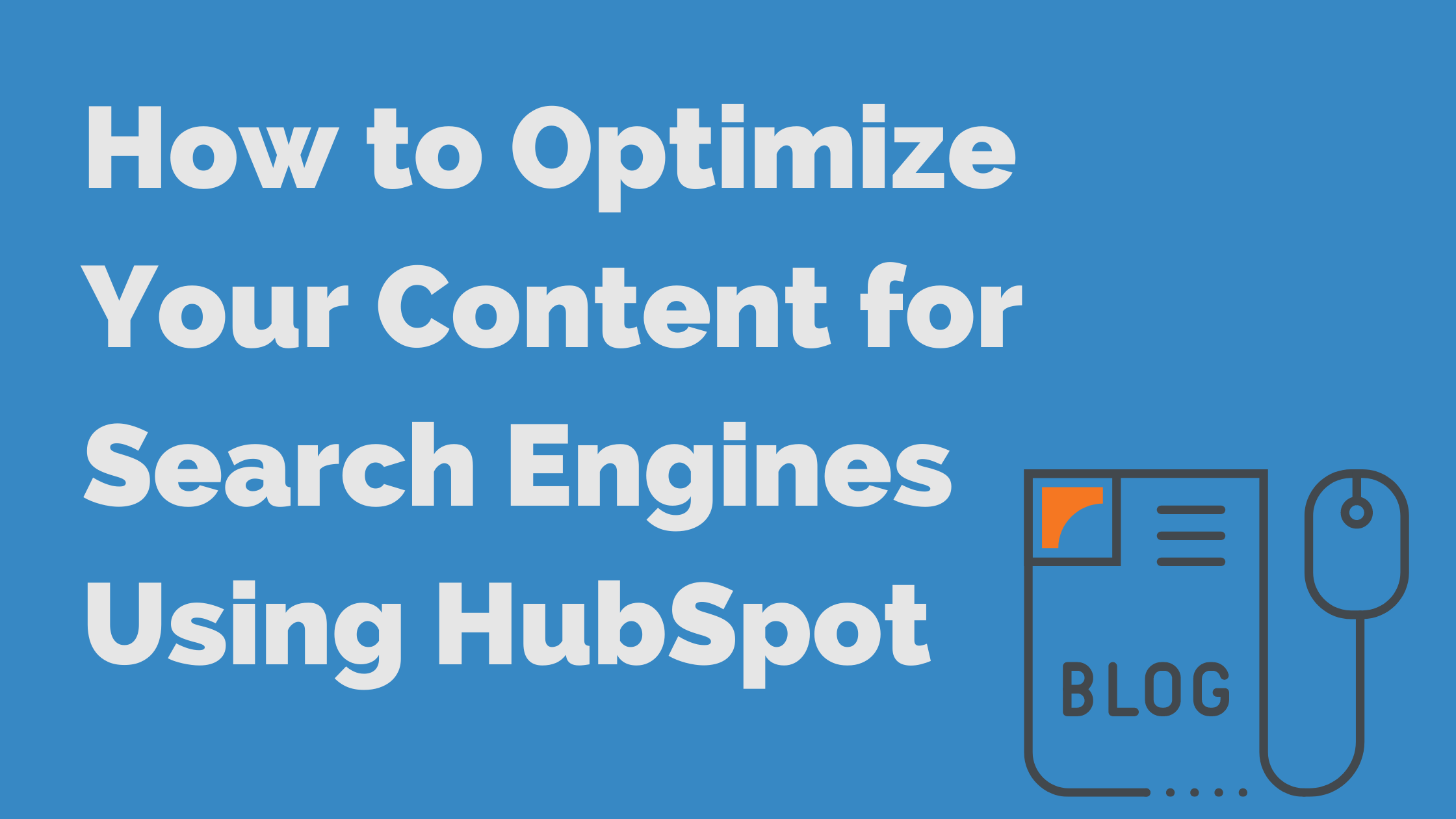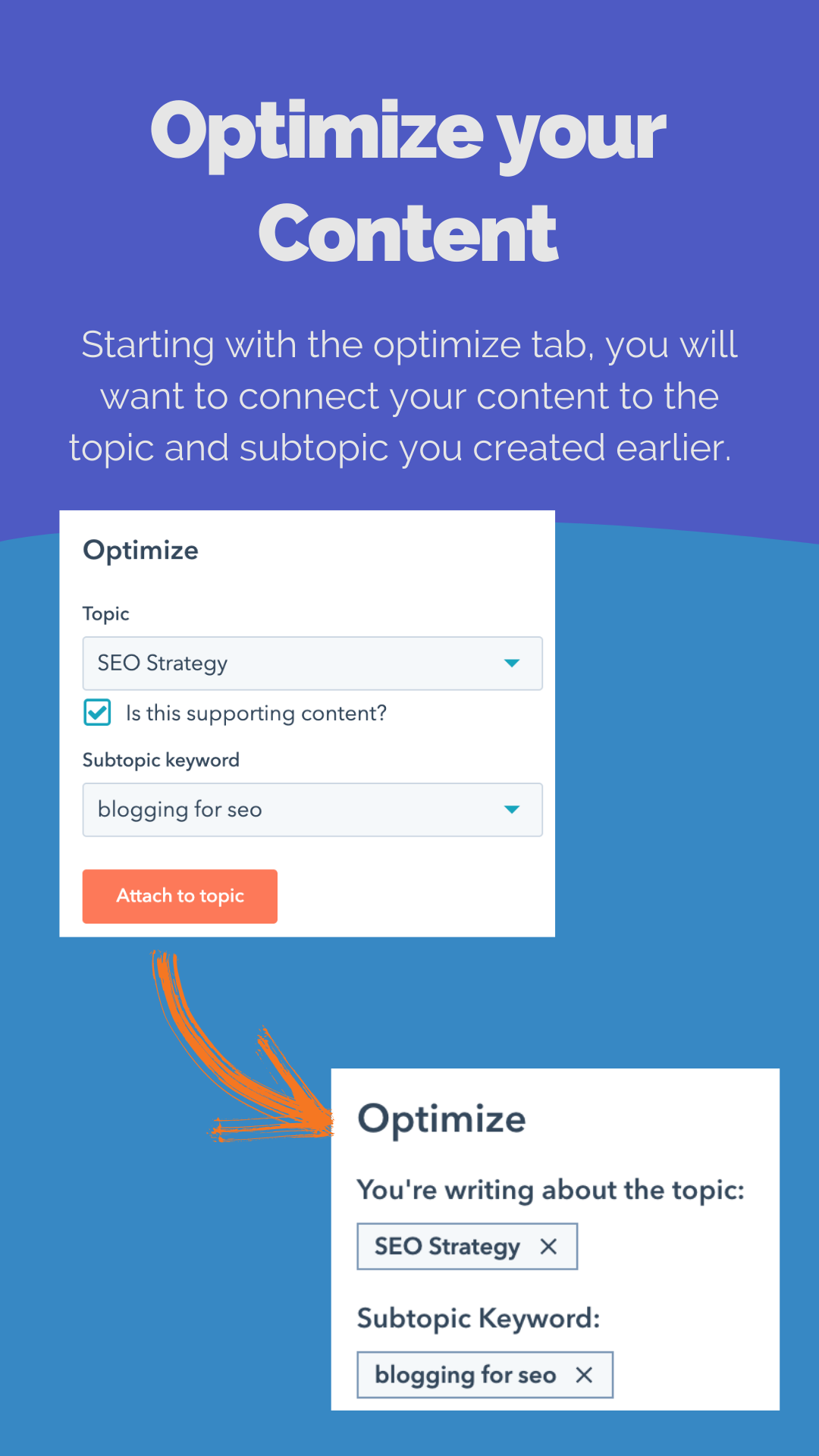First things first, if you don’t have a content strategy in place check out this blog on where to get started. One of our number rules at The Insight Studio is to not create content that isn’t based around specific topics or keywords that are relevant to your offerings.



